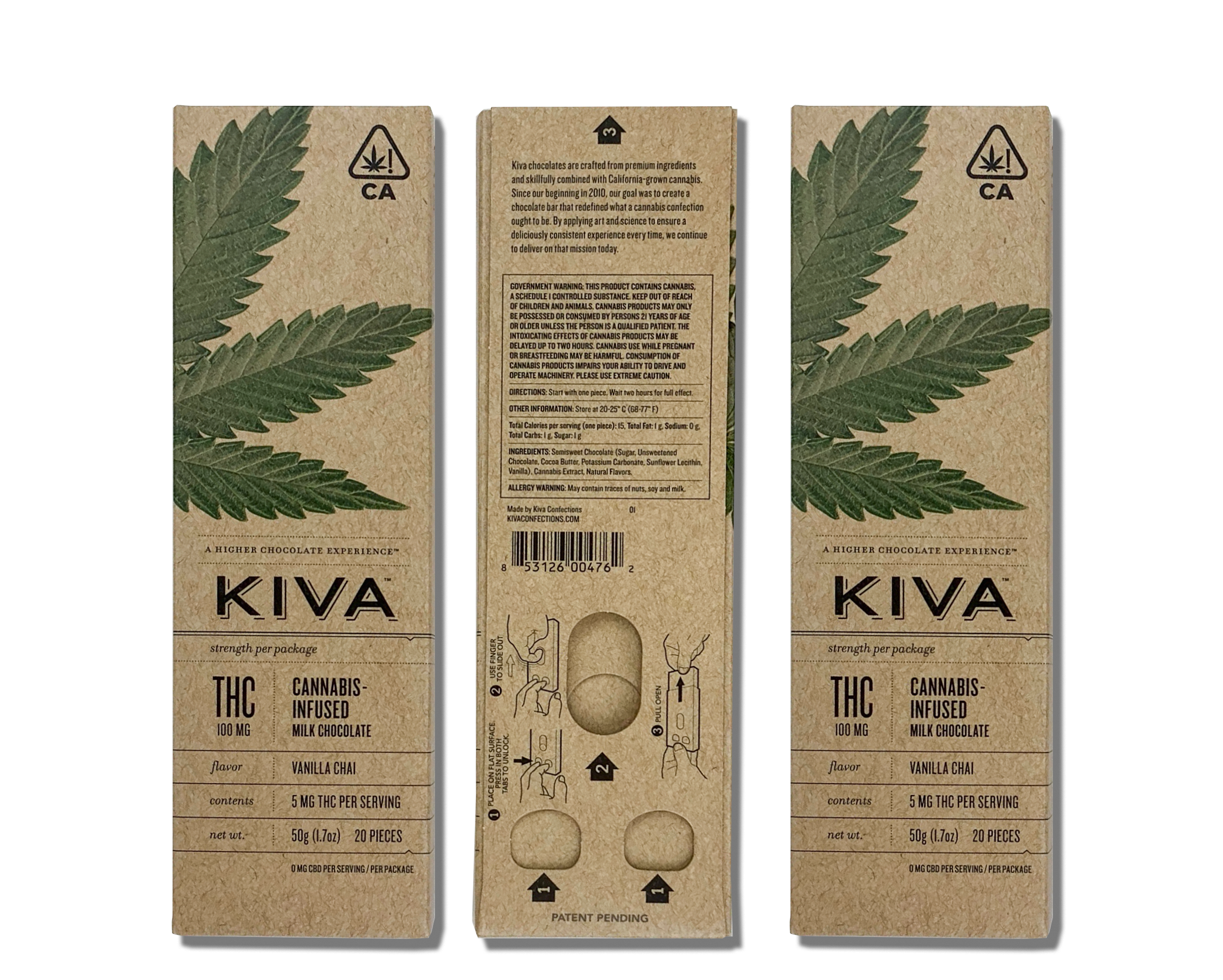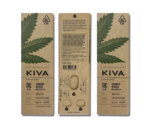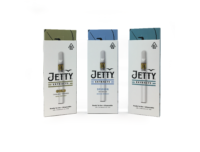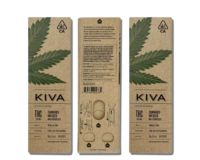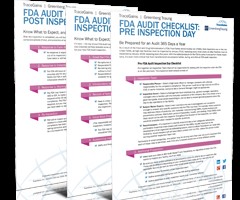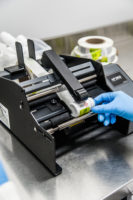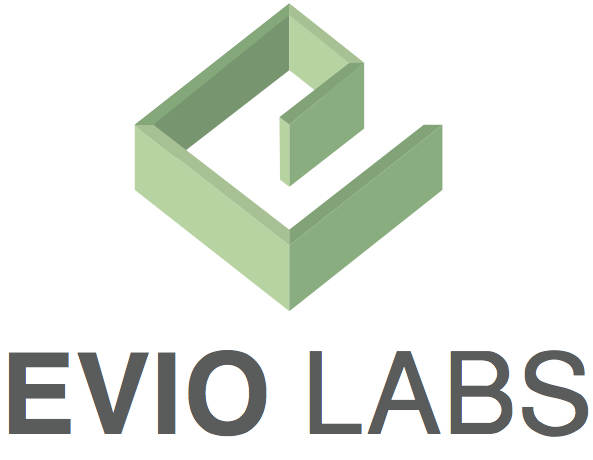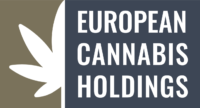When it comes to compliance for cannabis startups, the ISO 9000 family of standards reigns supreme. Providing the guidelines for the concepts that make up a quality management system (QMS), the ISO family is composed of five standards: ISO 9000, 9001, 9002, 9003 and 9004. Outside of ISO 9001, ISO 9000 is the most important because it creates the foundation that guides all of the other standards.
ISO 9000 is split into two sections: fundamentals and vocabulary. Fundamentals covers the basic principles of quality management and the vocabulary section is a dictionary of quality management terminology. ISO 9000 is crucial because it provides direction on proper QMS implementation that will lead to achieving an ISO 9001 certification.
While the entire ISO 9000 family is focused on quality management systems that aim to help organizations “ensure that their products and services consistently meet customer’s requirements and that quality is consistently improved,” ISO 9001 is the only standard that lists actual requirements and requires certification.Cloud-based quality management software provides the flexibility and scalability, that cannabis startups need to comply with ISO 9001
Quality Management Systems (QMS)
When conceptualizing “quality management,” it is best to think of it as an organization’s definition of how it will meet the quality requirements of customers and other stakeholders who are affected by its work. Implementing this requires an extensive alignment of company processes and procedural governance.
It’s easiest to think of a QMS as the facilitator of outlined processes that are required to fulfill ISO 9001 requirements. For example, if an organization has defined a change request process, it could use a cloud-based QMS to put that process in place. However, the benefits of a cloud-based QMS don’t have to end at ISO 9001. It can also help organizations comply with other regulations like GxP.
ISO 9001 Requirements
ISO 9001 requirements can sound very generic because they’re meant to be applied to any organization, big or small, in any industry. The key to ISO 9001 is the concept of continuous improvement, which is why specific requirements for what “quality” is are not defined. Rather, companies must create objectives and work toward improving processes to meet those objectives. That said, a certified QMS still must do the following:
- Meet the requirements of other stakeholders, for example, customer requirements and regulatory standards
- Ensure that employees receive training outlining the quality requirements
- Determine and document the processes, their interactions and their results
- Be able to produce records to prove that system requirements have been met
- Constantly monitor quality management software performance
- Address any risks that could result from changes
- Perform internal audits and correct any issues
- Continuously improve the QMS
From creation to disposal, document protocols must be clear and properly followed.With that in mind, ISO 9001’s purpose is to evaluate whether or not a QMS does a good job of managing processes while also being able to help organizations identify areas that need improvement. In simple terms, ISO 9001 helps companies who were making an excellent product most of the time, make an excellent product every time.
How can cloud quality management software help you get your ISO 9001 certification? Once you create processes that adhere to ISO 9001 quality management standards, you have to put them into practice. Enter: quality management software. But, how exactly does it help?
Optimal Time to Value
First, cloud-based software is the most cost-efficient to implement. Secondly, since a QMS needs to be accessible to every employee regardless of whether they work at HQ or on-site, cloud QMS are built to be mobile-friendly and easily accessed from any location.
Automated Document Lifecycles & Version Control
From creation to disposal, document protocols must be clear and properly followed. As up-to-date documents are an important factor in maintaining high levels of quality, the most recent versions of approved documents should be readily available while previous editions should be hidden away.
With cloud quality management software, workflows can automate the review and approval processes by automatically sharing documents with the right reviewers. Then, after the document has been approved, the changes will automatically be applied to the master document while the obsolete version is archived, helping to remove any chance of it being accidentally used after the update.
Easy Document Location & Metadata
According to ISO 9001, searching through an organization’s documents should be as easy as searching with Google. It’s an added bonus when the quality management software enables users to add custom metadata to documents. Metadata is just extra information that helps to define a document (like file size, type, date modified). With certain cloud-based QMS’, you can add custom metadata fields to make documents easier to find. For example, you can add an “expiration date” field that allows you to look up policies based on when they are set to expire.With the growing number of data breaches happening every year, it’s important to address the security components of a QMS.
Document Traceability
In order to pass any ISO 9001 audit, there needs to be a complete audit trail for every document, including active documents and the earlier archived versions. While this might seem like a big ask, cloud quality management software helps make this simple. Every single change to a document, regardless of whether it’s the current or past version, is tracked. When combined with automated workflows, you’re able to produce a precise log of every change made by every user.
Advanced User Permissions & Central File Ownership
With the growing number of data breaches happening every year, it’s important to address the security components of a QMS. Many of these issues can be resolved with user permissions, which is generally related to managing users’ editing and sharing access. The proper view, edit, and approval rights go a long way to reducing the risk of human error.
Another feature that may seem like common sense is central file ownership. When the organization owns all of its documents, there’s no need to worry that important files will be lost or deleted. With one owner, the damage that can be inflicted by malicious third-parties is also limited.
Cloud-based quality management software provides the flexibility and scalability, that cannabis startups need to comply with ISO 9001. With the cloud as a foundation, these systems will continue to be assets for the cannabis industry as it gains momentum and expands more.
 Adam Gouker, A2LA General Manager, says this is a momentous achievement for GoodCat Analytical. “A2LA is excited to expand our cannabis accreditation program into yet another state, promoting the value of independent third-party accreditation to support quality products in the industry,” says Gouker. “We congratulate GCA Laboratories in achieving this milestone for their organization and wish them all the best as they move forward with this new endeavor.”
Adam Gouker, A2LA General Manager, says this is a momentous achievement for GoodCat Analytical. “A2LA is excited to expand our cannabis accreditation program into yet another state, promoting the value of independent third-party accreditation to support quality products in the industry,” says Gouker. “We congratulate GCA Laboratories in achieving this milestone for their organization and wish them all the best as they move forward with this new endeavor.”


